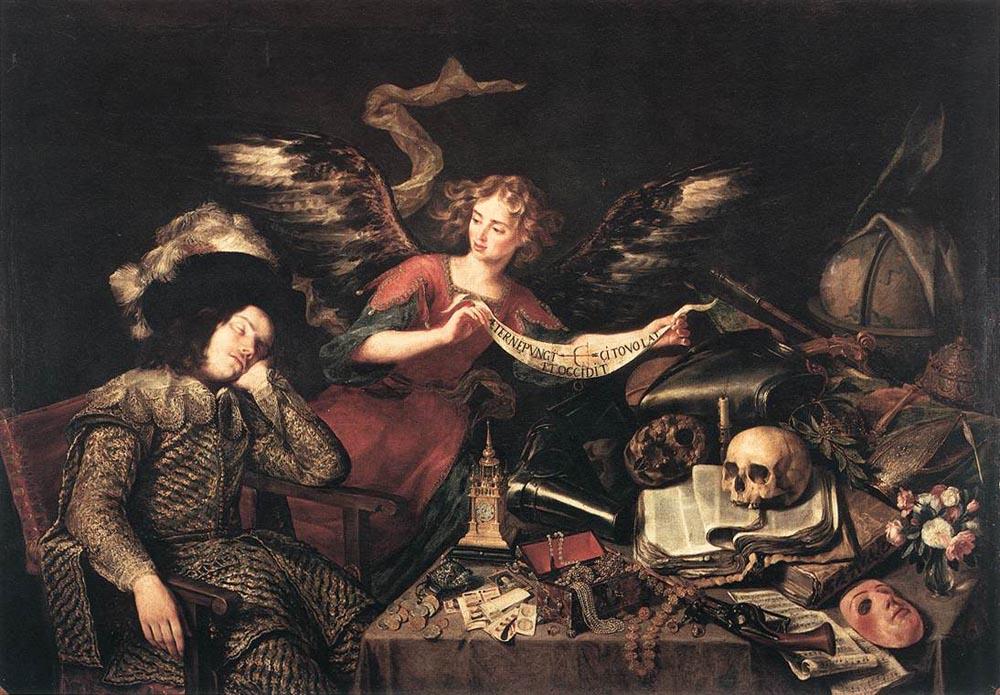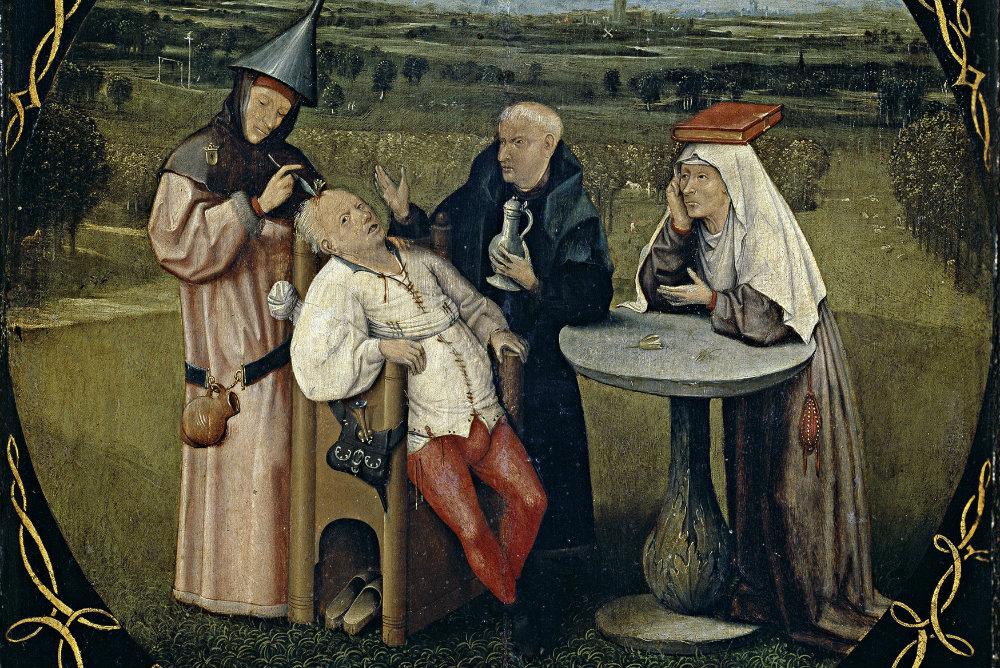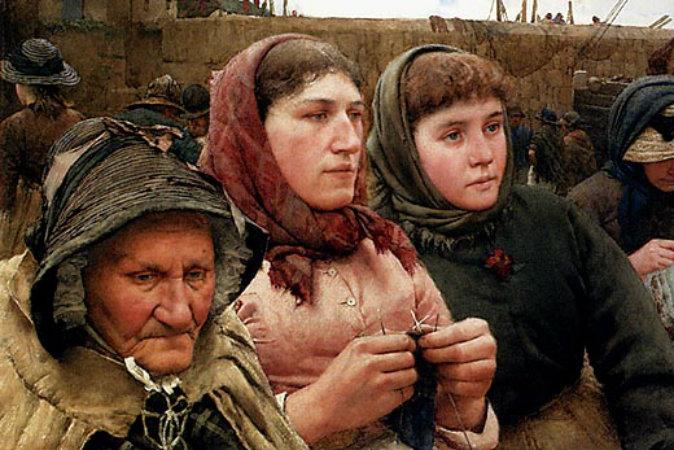Even though realism is entering its next renaissance, we cannot simply now ignore the modern art establishment, and we must continue to speak out.
The Art Renewal Center was founded in 1999, and we didn’t open our website until November of 2000. We waited until we had more than 15,000 of the greatest works of art in history available for people to view. Today, it’s over 80,000 with a large percentage available in high-resolution images for study.
Our first goal was to make available to the art world, and art lovers everywhere, responsible opposing views to the modernist establishment. But by 2002, there were so many requests by visitors asking where they could go to learn the methods of the old masters, that we started searching the Western world for places that still made available classical training by educators who themselves had been atelier trained.
By 2003, we could only find 14 such schools, all very small, teaching between 5 and 15 students each. Less than 200 students, in all the schools combined, were being trained in the classical methods. We then added to the ARC website a listing of ARC Approved Atelier Schools. The response was overwhelming. Within 18 months, all of those small schools were finding all of the students they could handle, and plans were afoot to open many more ateliers.
Today, there are over 70 ARC Approved Ateliers—schools and academies with approved courses of training with thousands of students—an increase of over 2,000 percent in just 10 years.
We are incredibly fortunate to be speaking together on the cusp of one of the most important moments in all of art history. It is very rare indeed for people to have the opportunity of living through major cultural shifts of the underlying tectonic plates of culture.
We in the realist art community are bringing about a worldwide shift in the perception and definition of what constitutes great art. The modernist establishment’s attempts to silence us have failed.
Ironically, aided by the most modern of technologies, the Internet, the truth is available in more and more places. Many of the students in the ARC schools have told us how they wasted years and fortunes of money in college art departments. The institutions of the art world must change or perish after more than a century of blind alleyways, nightmarish detours, and mind numbing “art-speak,” to boost up what should have been rejected long ago. The validity of the established modernist view is finally being questioned.
Together, all of us here are picking up the torch that has been dropped. The job we have today must be to reform and reinstitute proper training methods across the whole infrastructure. It’s not enough to again be making great works of art—we need to sell and market them, and we need to take back or at least equally cohabit the major museums that play an indispensable role in educating the people as to what objects from the past and present are to be considered the most precious by society and culture.
The 20th century was so damaging to the visual arts that the pent-up demand and need for more gratifying and meaningful art has grown enormously in society, resulting in the resurgence of classical-based realism. We are only at the very beginning of where this movement is headed.
Contemporary realism has only just begun to reassert its value and importance, and the realist artists coming forth are but scratching the surface of the great works of art that are certain to emanate from this movement as the decades of the 21st century take form.
So now, as historians, artists, and art lovers, we must not only pick up the torch and move forward but also understand art history, and make sense of what has taken place. Then new generations of artists will have a strong foundation based on that truth and the real achievements and potential of the fine arts, which are firmly grounded in the human psyche, and the wants and needs of human beings to communicate visually, for which the fine arts are so uniquely well-equipped.
We must continue to rewrite the art history of the past 150 years. We must get the truth into the books being used to teach our youth. We must teach the validity, power, and beauty of the realist visual language.
This is Part 5 of an 11-part series presenting the speech given by Frederick Ross at the February 7, 2014, Artists Keynote Address to the Connecticut Society of Portrait Artists. Frederick Ross is chairman and founder of the Art Renewal Center.

“The Fireplace,” circa 1869, by James Jacques Joseph Tissot (1836–1902). Courtesy of the Art Renewal Center
|Updated:




